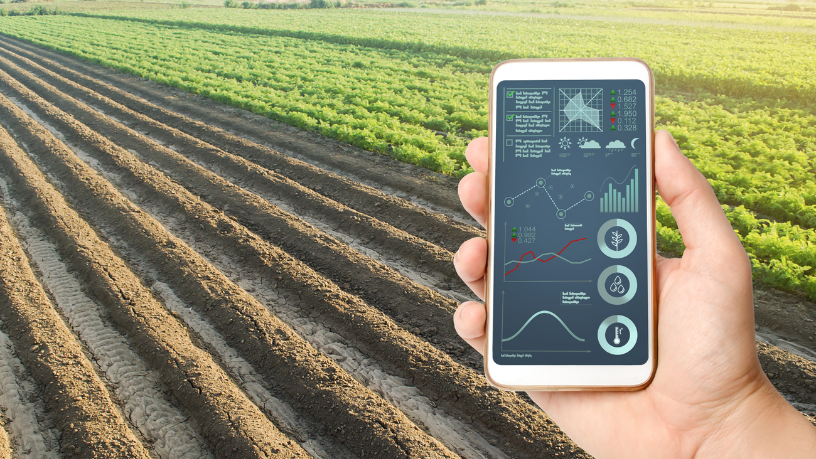What is Precision Agriculture, and How Does It Work in Practice?
Precision agriculture is a farming management system that uses advanced technologies to monitor and respond to variations within crops. As Mr. Aldo Vendramin explains, this means applying inputs like fertilizers, pesticides, and water only where and when they are truly needed. With the help of georeferenced maps, soil sensors, and drones, farmers gain a real-time, detailed view of their property’s conditions.
In practice, this enables tighter control over every stage of production, from soil preparation to harvest. Using farm management software, field-collected data is analyzed and turned into actionable insights. This approach prevents excessive input use, saves resources, and maximizes crop yields. Technology is no longer a luxury—it’s an essential tool for competitiveness in agribusiness.

What Are the Main Benefits of Precision Agriculture?
As Aldo Vendramin points out, one of the greatest benefits of precision agriculture is increased productivity, as resources are applied more efficiently. By precisely understanding the needs of soil and plants, farmers can avoid losses due to under- or over-application of inputs. This precision leads to more consistent and profitable harvests while contributing to the sustainability of the production system.
Another key advantage is the reduction in operational costs, particularly in the use of seeds, fertilizers, water, and fuel. The environmental impact is also minimized, as targeted pesticide application reduces effects on the ecosystem. Additionally, data collected over time enables more strategic agricultural planning based on historical analysis and future projections. The result is smarter, more secure management.
How to Adopt Precision Agriculture on a Farm?
To adopt precision agriculture, the first step is investing in technical training and understanding the specific needs of the farm. Farmers should conduct a detailed assessment of their cultivation areas, evaluating factors such as soil, terrain, production history, and existing limitations. With this information, they can select the most suitable technologies, such as sensors, weather stations, drones, and automated tractors.
As businessman Aldo Vendramin explains, working with specialized consultants is also advisable to interpret data and adapt practices to field conditions. While the initial investment may seem high, the return typically comes quickly through input savings and productivity gains. Digital transformation in agriculture is no longer a distant prediction—it’s happening now and is accessible to farmers of all scales.
@aldovendraminAldo Vendramin comenta os desafios do mercado de commodities agrícolas O mercado de commodities agrícolas enfrenta oscilações constantes, impactadas pelo clima, demanda global e políticas econômicas. Aldo Vendramin analisa os desafios desse setor, explicando como produtores e investidores podem se preparar para as mudanças. Acompanhe essa análise esclarecedora com Aldo Vendramin! #AldoVendramin #QuemÉAldoVendramin #OQueAconteceuComAldoVendramin #EmpresárioAldoVendramin #DonoDaConsilux #ConsiluxTecnologia
Conclusion
Precision agriculture represents a new paradigm for agribusiness, combining technology and intelligence in decision-making. As Aldo Vendramin highlights, by enabling rational resource use and boosting productive efficiency, it establishes itself as an indispensable strategic tool. Increasingly accessible, this innovation promotes a more sustainable, profitable, and future-ready agriculture.
Author: Eura Tymal







